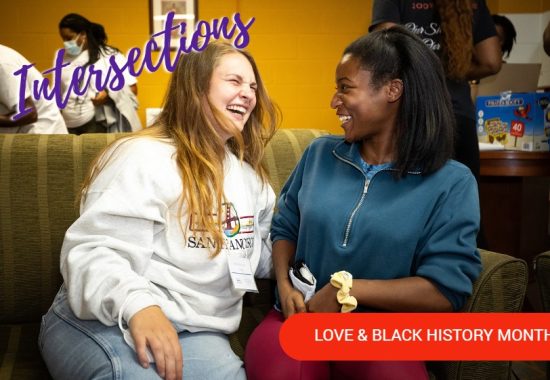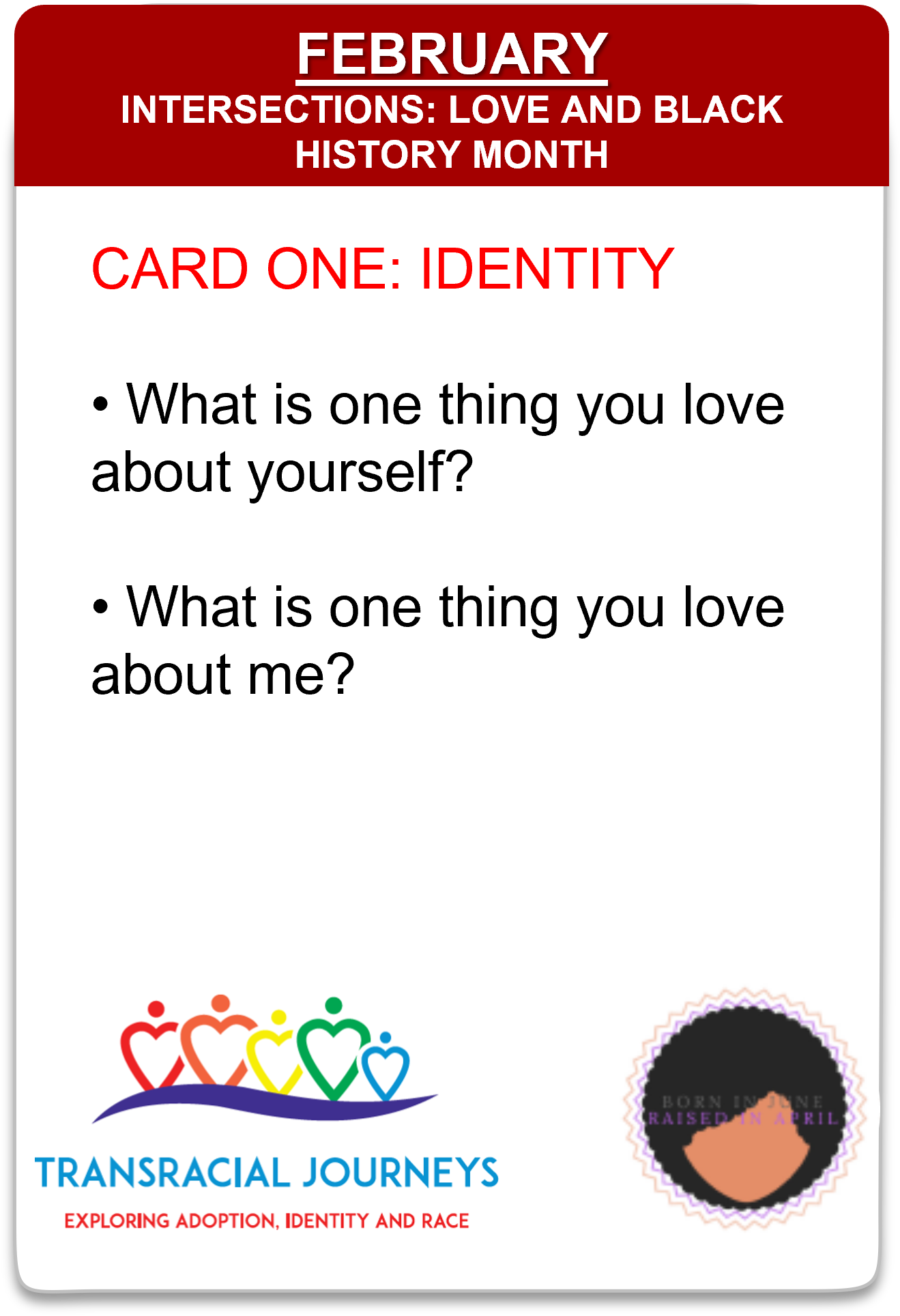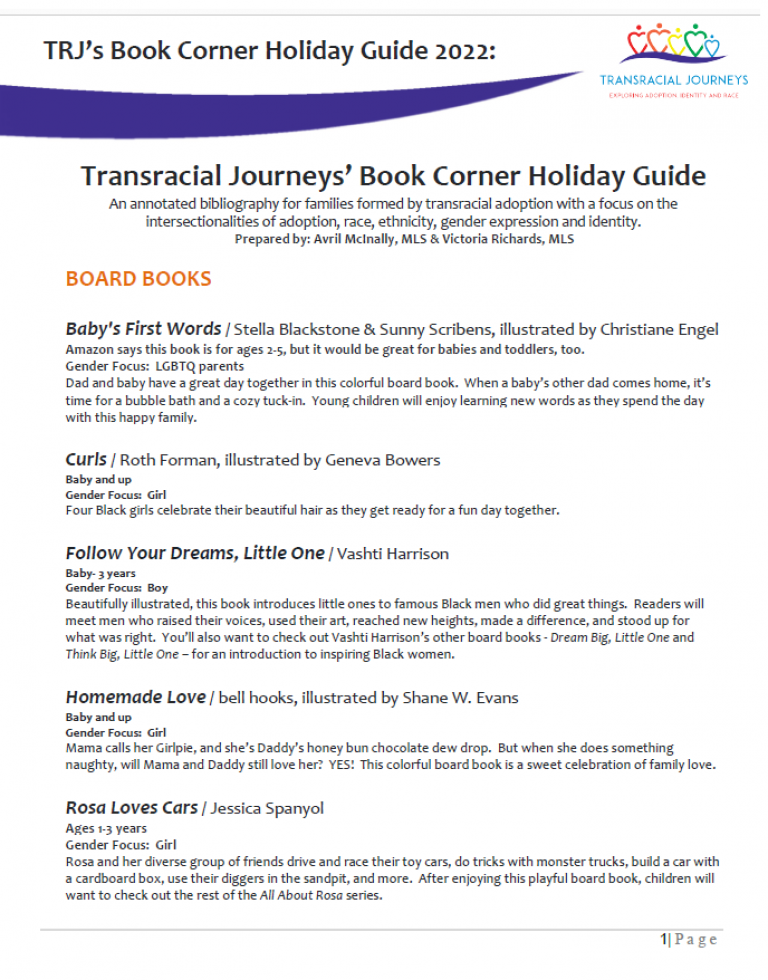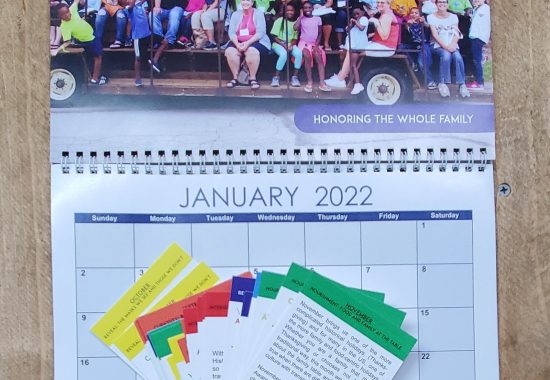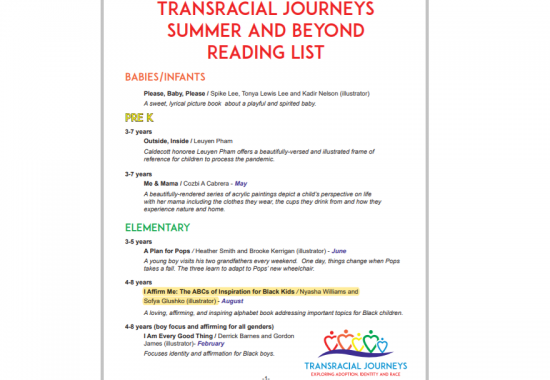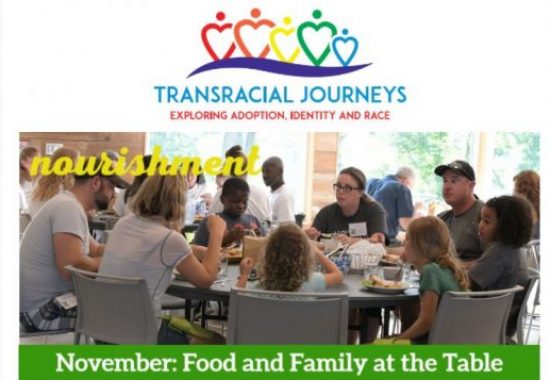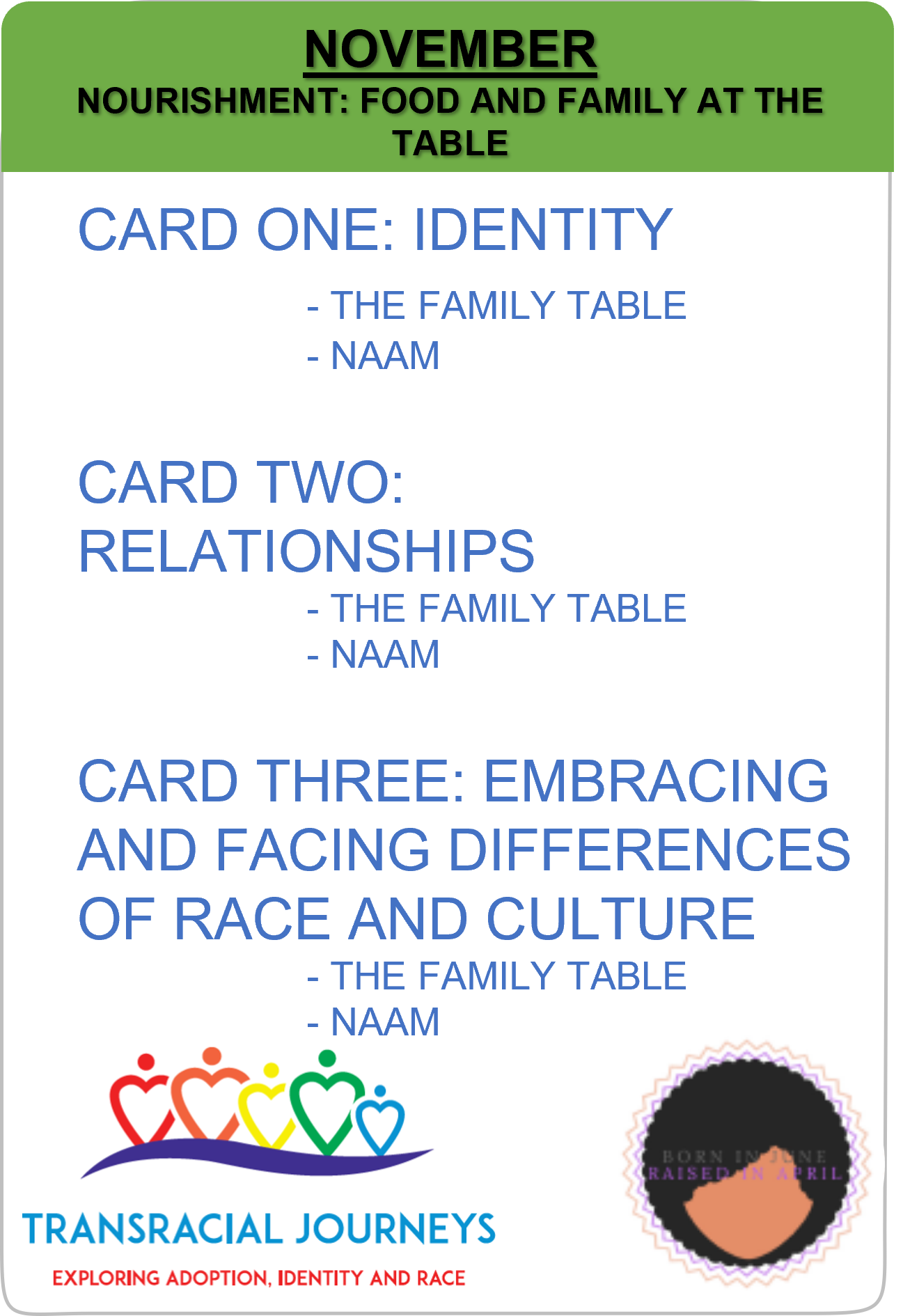What does it mean to reminisce? I have difficulty spelling the word, never mind fully understanding it. After a quick search, I found a few accessible definitions. These included a story told about a past event remembered by the narrator, and the enjoyable recollection of past events.
However, for our families in particular, reminiscing isn’t always a rosy experience. Sometimes, it can be a thorny one. Digging deeper for more meaning, I found the term differently-defined in a Merriam Webster dictionary. Hold on to your hats!
- Apprehension of a Platonic idea as if it had been known in a previous existence
- Recall to mind of a long-forgotten experience or fact
- A remembered experience
- Something so like another as to be regarded as unconscious repetition, imitation or survival
Often, we search for warmth and meaningfulness in our memories and reminiscences, especially during the holiday season, but they’re often laden with events that can activate thoughts of loss. “Reminiscing together, and sharing feelings and memories about the people who are not present brings everyone closer,” writes Madeleine Krebs, LCSW-C, but that isn’t always necessarily the case. She states that it is important that parents “understand the complex feelings around the many losses that adopted children have experienced.” Krebs goes on to write, “I remember the teen who had never had a Christmas tree and did not know what to do when invited to help trim it… and another child whose birth family was often homeless and had no money to buy food or gifts, who felt guilty and overwhelmed by what she received from her new family.”
Celebration Can Magnify Grief
Recalling past events can bring forth happy memories as well as difficult ones. “Know that the joy of celebration can actually magnify our grief,” writes adoption professional Elise Lowe. Lowe describes how to recognize behaviors in our children that may stem from this emotion. Those include: angry outbursts, being withdrawn, anxiety, irritability or having trouble sleeping. These things can happen when difficult memories are being revisited, or when we are reminiscing, but we can help our children cope. Lowe says we can respond to these behaviors with sensitivity, support and compassion, and notes that being empathetic builds attachment.
Consider Ways to Offer Support
What else can we do? In the rush of holidays December brings, it’s important to slow down and pay attention to our kids, share our feelings and honor theirs. For children that may have memories of holidays past, ask them about their traditions, says Krebs. We can also consider the following.
- Don’t erase those who look different from the rest of the family. Adult transracial adoptee Rebekah Hutson, asks that we make our transracial families multicultural and points out that this is especially important during holidays and anniversaries. “Just imagine looking around your family… Family, the people who are supposed to ride for you, and seeing all the love, laughter, and support for certain people, and then complete erasure of others who look different.” “Don’t just include us in your family, treat us like family; become part of our family.” Trauma can be lessened when you keep your child connected to their culture.
- Be aware of and prepared for sensory overload. There are loads of stimuli during the holidays and they can be overwhelming. Simply switching on the tv and seeing all the movies and commercials related to happy families and unrealistic expectations can overload our circuits. For kids with trauma in their background, consider maintaining an environment that’s predictable and consistent in order to soothe their nervous systems.
- If your child remembers their biological family, ask them how holidays were celebrated. Work together to incorporate some of those traditions into the season. If you have an open relationship with your child’s family of origin, consider nurturing this relationship even more at this time of year. Krebs outlines that our children can write letters or emails, draw pictures and send cards or make phone calls. You could plan a holiday celebration to hold on a visit with biological family members too.
- Social worker, Krebs describes some accessible activities in her article “The Holidays - an opportunity for loving healing”. They include adding some old, favorite holiday foods to the menu, or “lighting candles in memory of ALL loved ones not present.” She mentions one family she worked with that “made a paper chain containing all the names of both birth and adoptive family members and hung it in the doorway for all visitors to see.”
- Seek out holiday songs from your child’s culture. Listen to them and try singing them too.
- Be on alert for any actions or behaviors from friends or extended family that may harm or isolate your adopted child. If this does happen, talk to your child about the problem as well as talk to the people who have harmed your child. Always stand up for the rights of your child, be clear with others and be your child’s protector and advocate.
- Be culturally expansive about holiday traditions. Have everyone share something they like about the holiday as well as talk about their favorite traditions. Decide to incorporate some of these old favorite traditions from all members of the family, and turn this into your own, new tradition.

